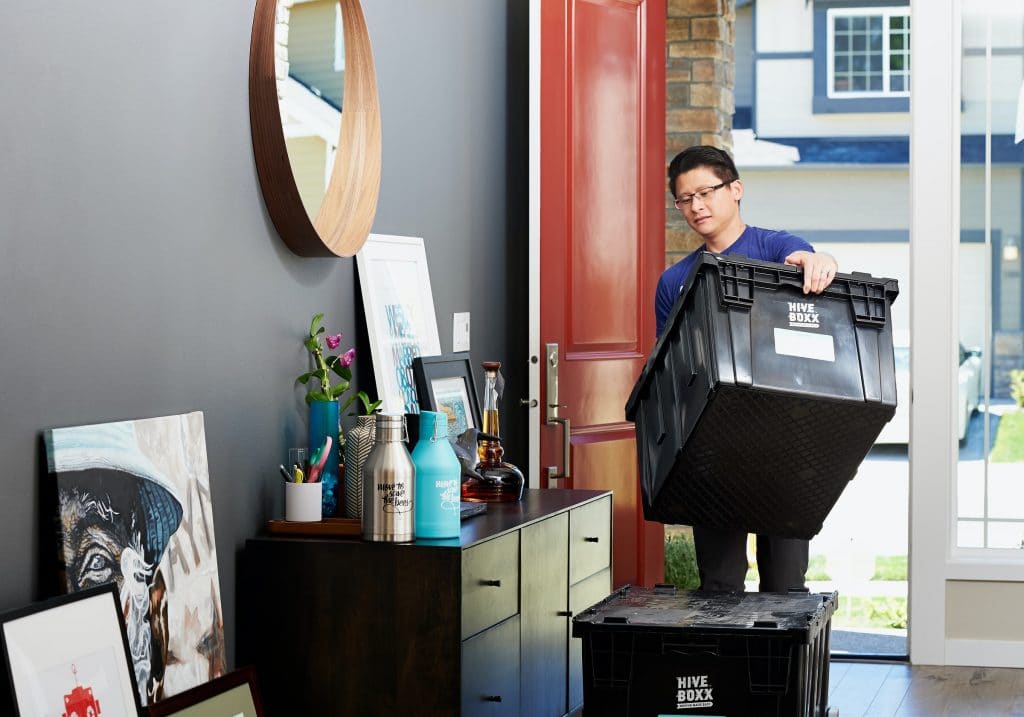Moving to a new home is an exciting, but also a very expensive transition. Often times you may think you have budgeted enough only to be surprised by additional fees. Here are some of the most common unexpected costs of moving to a new home you may have overlooked.
The Hidden and Unexpected Costs of Moving
1. Packing Supplies
If you decide to take the economic route and pack yourself, you will need packing supplies. Even though it is cheaper than a moving company, they still cost money. Boxes, moving blankets, packing peanuts, bubble wrap, and packing tape are just a few of the unexpected costs of moving to a new home. You can borrow from friends and family, but you don’t want to skimp on the materials protecting your belongings. Replacing the damaged items cost way more than spending a few more bucks on quality products.
2. Hiring Movers
Although you may have sticker shock when you receive the moving company’s estimate, it may be worth it in the end. Some people argue that you can’t put a price on peace of mind. This carries even more weight during stressful times, such as moving. When choosing a moving company, be certain to read reviews and call with any questions. Any reputable moving company will also include insurance options. If you have valuable pieces of art or furniture, some movers even delegate special projects. Hiring movers is a significant cost, but could save you headaches later on.
3. Hidden Fees
Some of the most unexpected costs of moving to a new home are the hidden fees for extra services. For example, if you are moving to a building without an elevator, you may be charged a ‘stair fee’. Additionally, movers will usually charge more for oversized furnishings or pieces that are difficult to move. Another oversight is the time it takes the movers to pack and move all your belongings. If you own a lot, they may not be able to complete the job in a day. They can usually store your items in the truck overnight, for an additional cost.
3. Temporary Accommodations
People often over-estimate their stamina during a move. While the job may look small, moving takes more time and energy than you initially realize. You may need to find hotel accommodations if you are unable to finish in a day. If you have pets, this could also include kennel fees. Furthermore, you may decide to rent a storage unit if you don’t have space for everything in your new home. These all require a fair amount of pocket change.
4. Start-up Costs
The deposits or closing costs are not unexpected, but they can add up very quickly. If you don’t stay on top of all the expenses, you can easily become overwhelmed. Make time to calculate the total cost of security, application, and rental deposits. If you are purchasing a home, you need to account for closing costs as well. Moreover, there are also fees associated with your utilities. Be sure to inform your energy providers and discuss any disconnection or transfer fees. The last thing you want is another bill as you are settling into your new home.
5. Furnishing Your New Home
Last but not least are the unexpected costs of moving and settling into a new home. You can count on more purchases to ensure you are comfortable in your new surroundings. This could also include larger items if you are moving to a bigger space. And don’t forget that your first trip to the supermarket will certainly be expensive. You will need cleaning supplies, spices, condiments, and dried goods to stock your pantry. The silver lining is that once you make these purchases, they should last you a while.
The Final Tally
The process of moving has a lot of surprises. They don’t have to be negative one though, if you plan ahead. Sit down and make an accurate budget to help you avoid many of the unexpected costs of moving to a new home.
Read More
- Challenges of Moving Across the Country
- Is It Really Cheaper Moving to the Suburbs?
- When is the Right Time to Downsize?
Jenny Smedra is an avid world traveler, ESL teacher, former archaeologist, and freelance writer. Choosing a life abroad had strengthened her commitment to finding ways to bring people together across language and cultural barriers. While most of her time is dedicated to either working with children, she also enjoys good friends, good food, and new adventures.

